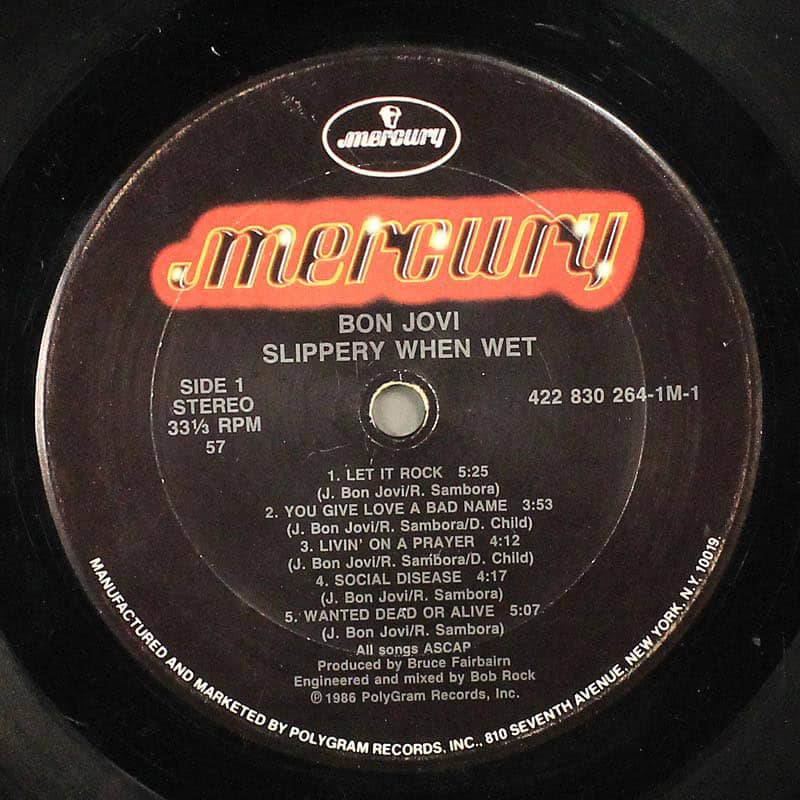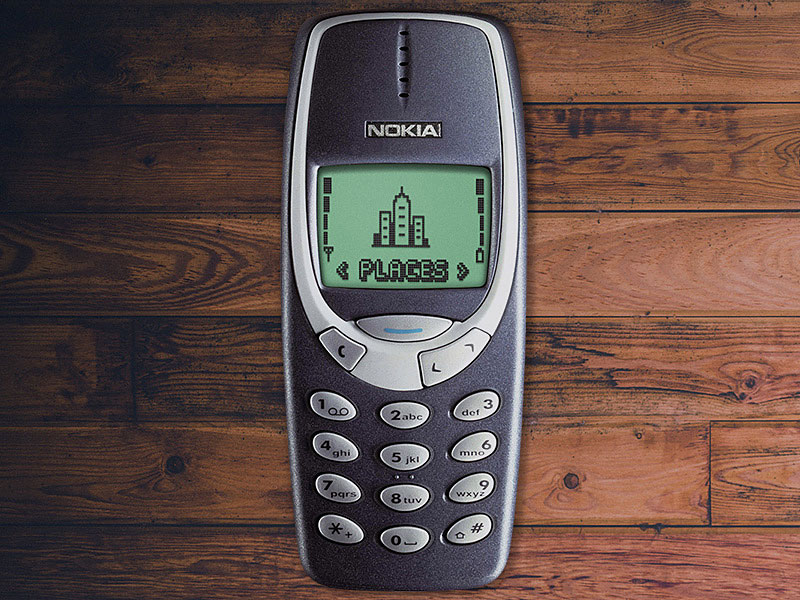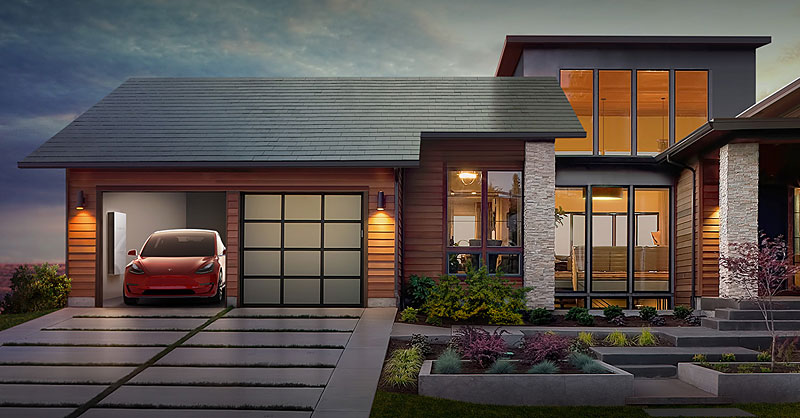Digital Connections: Turning Your Old House Into a Smart House With Charm and Character
With smart homes advanced by the digital age nothing it seems is impossible. Lights that can be programmed to turn on and off according to your preferences. Setting or adjusting the thermostat via your smartphone while still at work. Dog doors that are controlled via a Wi-Fi signal on the collar. Remote speakers that connect to your digital music player so you can listen to your favorite music while you’re in the bath.
These are just a few of the smart home technologies that are becoming common in modern homes. Whether it’s a Wi-Fi-connected doorbell that sends an alert to your smartphone when someone’s at the door or a coffee maker that you can start using your smartphone while still in bed, the ever-growing Internet of Things is changing the way that we live and how we design our homes.
Digital Caveats of a Modern Age

Sometimes however in the rush to go digital we forget that doing so can come with a few caveats. There is good reason after all why the ancient format of vinyl records outsold other forms of media in the UK just last December 2016.
There are simple reasons also why classic cars never lose their value. Reasons why the retina scan security system and the electric windows simply cannot beat a good old fashioned door key and window lever. In February 2017 Nokia announced that they were bringing back old 1990’s era mobile phones such as the vintage Nokia 3310.
The Return of Nostalgic, Vintage Technology
There is a reason for all of these retro devices and methods returning to vogue that goes beyond just vintage and nostalgic affection. The primary reason is straightforward simplicity and reliability. Sure the Nokia 3310 does not play Angry Birds or run WhatsApp but you can drop it and make all the calls you desire for a very affordable cost.
HMD who owns the production rights to these old 1990’s style mobile devices is said to be readying a new take on the iconic Nokia 3310. This is the feature phone often called the greatest phone of all time by those in the know.
The Nokia 3310 was smaller and more compact than its predecessor – the 3210 – the 3310 won over many mobile phone in the early 2000s with its swappable fascias and front plates, overall reliability and resiliency, fully internal antenna and of course affordability.

Yet the iconic Nokia 3310 is simplistically brilliant at what it does. On another front your pet cat won’t thank you when the digital microchip cat flap door stops recognizing the chip because the sensor is dirty. Tiddles might have something to meow about. So digital is not always good but can it ever be?
It’s common though, to think of smart home technology as something that’s only for new construction, or at least newer homes built in the last decade or two. For the majority of us who live in older homes, especially those constructed 60, 70, 80 years (or more) ago, smart home technology probably seems like something that would be nice to have, but impossible to incorporate without a major, expensive renovation work.
For instance innovative advances such as that championed by Elon Musk in his drive to add solar powered roof tiles to new homes is fantastic but a big deal for any homeowner to incorporate.

Adding Smart Home Technology to Older Homes
While some smart home technologies do require more extensive wiring design in order to function properly, a growing number of devices do not require a significant overhaul. Thanks to technologies like device-specific switches, USB to Ethernet controllers, and the cloud, it’s actually possible to affordably and easily upgrade your older home to a smart home. Still, because you are working on an older home, there are a few things you need to consider and watch out for.
Older Heating Systems and Smart Homes
Smart thermostats, like the Nest system, are popular in the home due to their ability to save homeowners money while also ensuring that the house is always a comfortable temperature, without constantly having to fiddle with the thermostat.
In fact, many utility companies are now offering these devices for free or low cost to customers who want to better manage their electricity or gas usage. Using the devices in an older home, though, can be tricky, due to several reasons:
Thicker walls. Some older homes have thicker walls than newer construction; in some cases, very old dwellings even have stone or brick walls between rooms that can block the sensor signals from reaching the thermostat.
“Choppy†floorplans. Open concept homes are all the rage right now, but many older homes have a more segmented layout. This means that different rooms or zones of the house may have drastically different temperatures, making it more challenging to program the thermostat.
Older wall materials. In some cases, actually installing the thermostat can be a challenge, because older homes don’t always have standard drywall, but instead have lathe and plaster walls. Retaining the character of the home requires paying attention to these details.
While these characteristics can present challenges, they aren’t insurmountable. In most cases, installing additional sensors and more precisely programming the thermostat to respond to not only the room temperature but the outside temperature can solve the problem. Working with a professional installer can also ensure the proper function of your smart thermostat.
Further Reading :
Check out our home improvement guide to maintaining heating systems in winter
Lear about the science of smart heating systems in the home.
Dealing With Older Wiring
In many cases, installing smart appliances, including smart lighting, is simply a matter of plugging the device in, downloading an app, and connecting the Wi-Fi. For instance, the Phillips Hue lighting system requires nothing more than installing the special light bulbs and connecting them to an app on your smartphone. Smart smoke detectors, coffee makers, televisions, and other appliances work in a similar way.
However, if you want to control multiple devices from a single app, it can become more complicated. Many newer smart homes are being built with so called smart outlets, which allow you to control devices that are plugged in to them from one central application.
When working with an older home, though, you could run into compatibility issues. Older wiring may not be up to the task of supporting this new technology, so it’s best to consult with an electrician or certified installation technician.
Incorporating smart technology into your older home is easier than ever, in many cases, doesn’t require a significant investment of time or money. Not to mention, many newer IoT devices are simply DIY installations. When dealing with heating and electrical systems, though, you may have a few challenges to overcome, but the end result will be a charming older home with all of the modern conveniences that come with brand new smart homes.
Clearly the pace of progress in home construction is such that new smart homes will proliferate more and more. Yet the swift embrace by consumers of old technology. Be it vinyl, old vintage mobile phones such as the Nokia 3310 or just a plain old ( and simple ) brass door key. Should warn architects and smart home designers of the perils of getting the technology woefully wrong at the outset.


